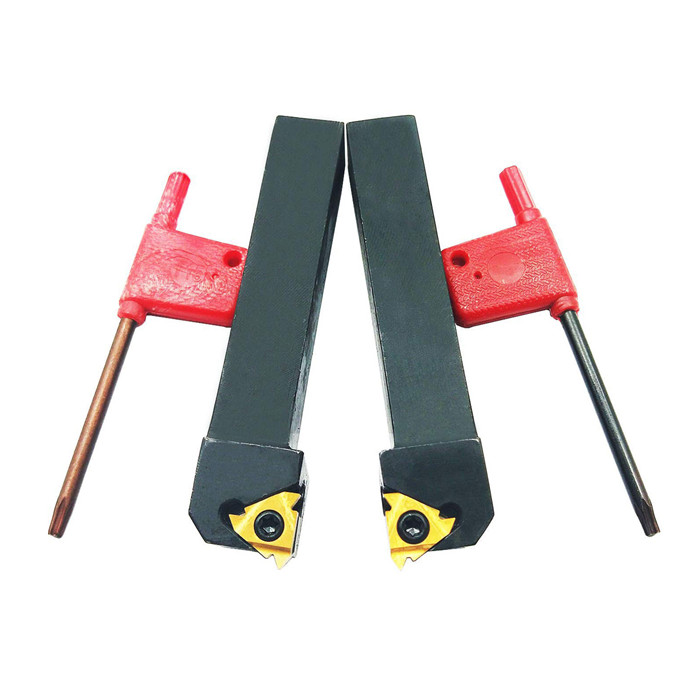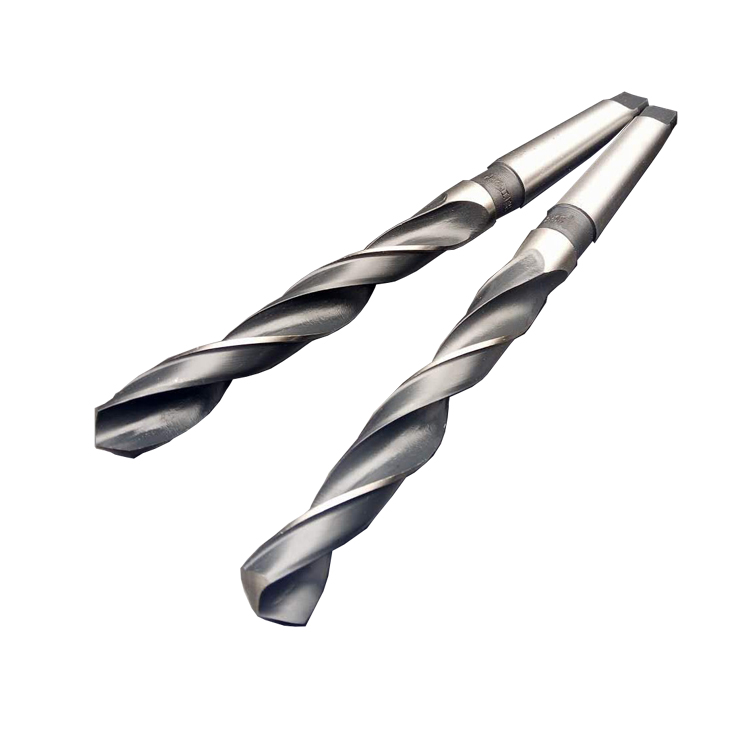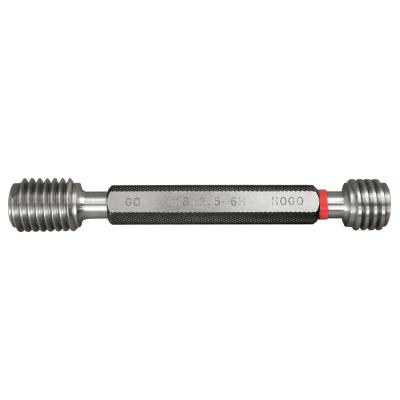face grooving toolholders Factories
Face grooving toolholders are essential components in machining, designed to create grooves on the faces of workpieces. This guide explores the key aspects of face grooving toolholders, including understanding their features, selecting the right type, and identifying reputable face grooving toolholders factories. This information is helpful for engineers and machinists looking to optimize their grooving processes and source quality tooling.
Understanding Face Grooving Toolholders
Face grooving toolholders are specialized cutting tools used on lathes and turning centers to create grooves on the face of a cylindrical workpiece. Unlike external or internal grooving, face grooving requires specific toolholder designs to reach across the diameter of the part while maintaining rigidity and precision.
Key Features of Face Grooving Toolholders
- Reach: The toolholder must have sufficient reach to access the desired grooving location on the face of the workpiece.
- Rigidity: High rigidity is crucial to minimize vibration and ensure accurate groove dimensions.
- Clamping System: Secure clamping of the cutting insert is essential for stability and repeatability.
- Coolant Delivery: Internal coolant channels help dissipate heat and flush away chips, improving tool life and surface finish.
- Interchangeable Inserts: Most face grooving toolholders use interchangeable inserts, allowing for different groove widths and profiles.
Types of Face Grooving Toolholders
Several types of face grooving toolholders are available, each designed for specific applications and machine types.
Straight Shank Toolholders
These are the most common type and are suitable for general face grooving applications. They are typically mounted directly into the machine turret or tool block.
Boring Bar Type Toolholders
These toolholders are designed for internal face grooving or for reaching deep grooves on large-diameter workpieces. They often have a longer reach and improved rigidity.
Modular Toolholders
Modular toolholders allow for quick changeovers and offer flexibility in adjusting the reach and overhang of the cutting tool. They are ideal for high-production environments.
Selecting the Right Face Grooving Toolholder
Choosing the right face grooving toolholder depends on several factors, including the workpiece material, groove dimensions, machine type, and desired surface finish.
Considerations for Selection
- Workpiece Material: The material being machined will influence the choice of insert grade and cutting parameters.
- Groove Dimensions: The width, depth, and profile of the groove will determine the required insert geometry and toolholder reach.
- Machine Type: The machine's capabilities, such as spindle speed, feed rate, and coolant delivery system, will affect the selection of the toolholder.
- Stability The stability of the entire setup should be considered for close tolerance work.
Finding Reputable Face Grooving Toolholders Factories
Sourcing face grooving toolholders from reputable face grooving toolholders factories is crucial for ensuring quality, reliability, and performance. Here’s how to find reliable suppliers.
Research and Due Diligence
- Online Search: Use search engines like Google to find face grooving toolholders factories. Look for suppliers with a strong online presence and positive customer reviews.
- Industry Directories: Check industry directories and trade publications for listings of tooling manufacturers.
- Trade Shows: Attend industry trade shows to meet with suppliers and evaluate their products firsthand.
- Wayleading Tools: For a reliable source of high-quality toolholders, consider Wayleading Tools, a trusted supplier of precision cutting tools.
Evaluating Potential Suppliers
Once you have identified a list of potential face grooving toolholders factories, evaluate them based on the following criteria:
- Product Quality: Request samples and conduct thorough testing to assess the quality and performance of their toolholders.
- Manufacturing Capabilities: Inquire about their manufacturing processes, quality control procedures, and certifications (e.g., ISO 9001).
- Technical Support: Ensure they offer adequate technical support and assistance with tool selection and application.
- Pricing and Delivery: Compare pricing and delivery terms from different suppliers to ensure you are getting a competitive offer.
Optimizing Face Grooving Operations
To achieve optimal results in face grooving operations, it is important to use the correct cutting parameters and techniques.
Cutting Parameters
The following cutting parameters should be carefully considered:
- Cutting Speed: Select the appropriate cutting speed based on the workpiece material and insert grade.
- Feed Rate: Use a feed rate that is consistent with the groove width and depth.
- Depth of Cut: Adjust the depth of cut to balance productivity and surface finish.
- Coolant: Use an adequate amount of coolant to dissipate heat and flush away chips.
Techniques for Success
- Rigid Setup: Ensure the workpiece and toolholder are securely mounted to minimize vibration.
- Sharp Inserts: Use sharp, high-quality inserts to produce clean cuts and prolong tool life.
- Proper Coolant Application: Direct the coolant stream towards the cutting edge to effectively cool the tool and remove chips.
- Regular Inspection: Regularly inspect the toolholder and inserts for wear and damage.
Troubleshooting Common Face Grooving Problems
Even with careful planning and execution, problems can sometimes arise in face grooving operations. Here are some common issues and their solutions:
Vibration
Vibration can lead to poor surface finish and reduced tool life.
- Solution: Ensure the workpiece and toolholder are securely mounted. Reduce the cutting speed and feed rate. Use a more rigid toolholder.
Chip Evacuation
Poor chip evacuation can cause tool wear and surface damage.
- Solution: Increase the coolant flow. Use inserts with chip breakers designed for the workpiece material. Reduce the depth of cut.
Insert Breakage
Insert breakage can be caused by excessive cutting forces or improper cutting parameters.
- Solution: Reduce the cutting speed and feed rate. Use a tougher insert grade. Ensure the toolholder is properly aligned.
Conclusion
Face grooving toolholders are critical tools for creating grooves on the faces of workpieces. By understanding their features, selecting the right type, and sourcing from reputable face grooving toolholders factories like Wayleading Tools, you can optimize your grooving operations and achieve high-quality results. Proper cutting parameters and troubleshooting techniques will further enhance your success in face grooving.
Related products
Related products
Best selling products
Best selling products-
 58pcs Clamping Kit With Metric & Inch Size
58pcs Clamping Kit With Metric & Inch Size -
 9PCS Broken Tap Extractor Set With Storage Box
9PCS Broken Tap Extractor Set With Storage Box -
 Indexable SER & SEL Threading Tool Holder With Metric & Inch Size
Indexable SER & SEL Threading Tool Holder With Metric & Inch Size -
 Auto Self Reversible Tapping Chuck In Drill Machine
Auto Self Reversible Tapping Chuck In Drill Machine -
 MT/R8 Shank Quick Change Tapping Chuck With MT & R8 Shank
MT/R8 Shank Quick Change Tapping Chuck With MT & R8 Shank -
 Type H Flame Tungsten Carbide Rotary Burr
Type H Flame Tungsten Carbide Rotary Burr -
 Precision Vernier Caliper With Nib Style & Standard Style Jaws Of Metric & Imperial For Industrial
Precision Vernier Caliper With Nib Style & Standard Style Jaws Of Metric & Imperial For Industrial -
 Precision Straight Shank To Morse Taper Adapter
Precision Straight Shank To Morse Taper Adapter -
 Dual Wheel Knurling Tools With Diamond Pattern For Industrial Type
Dual Wheel Knurling Tools With Diamond Pattern For Industrial Type -
 CNMG & CNMM Turning Insert For Indexable Turning Tool Holder
CNMG & CNMM Turning Insert For Indexable Turning Tool Holder -
 Precision Monoblock Vernier Caliper With Nib Style Jaws Of Metric & Imperial For Industrial
Precision Monoblock Vernier Caliper With Nib Style Jaws Of Metric & Imperial For Industrial -
 HSS Metric Taper Shank Twit Drills For Metal Cutting Of High Precision
HSS Metric Taper Shank Twit Drills For Metal Cutting Of High Precision











